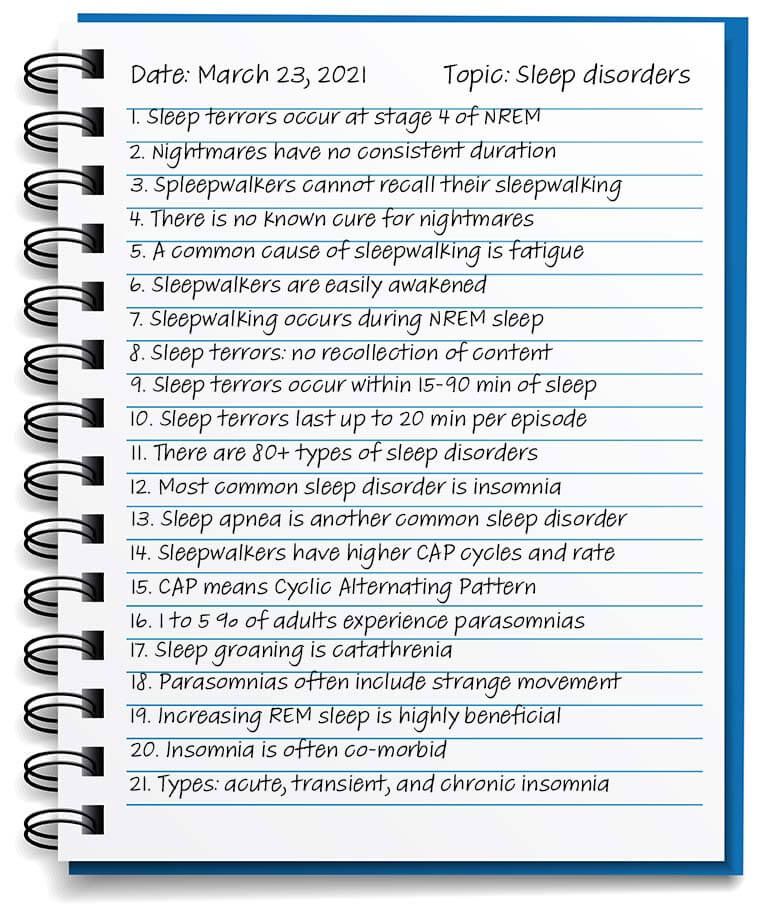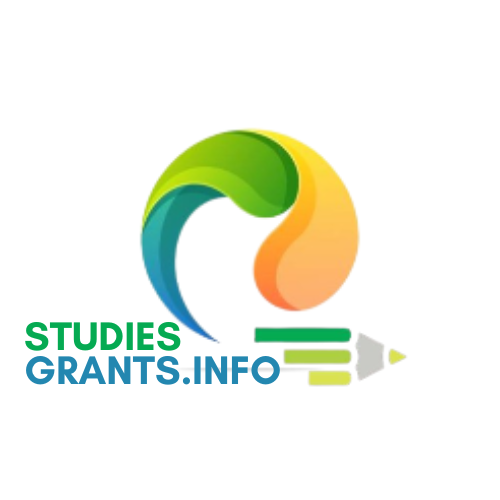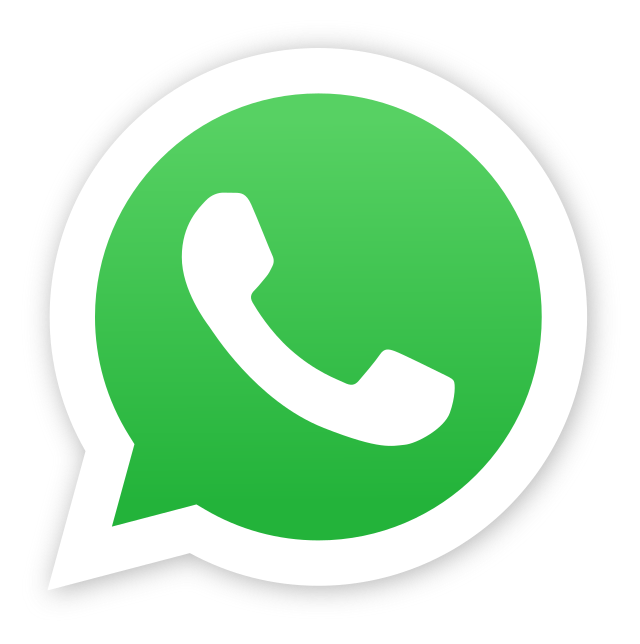Different Note-taking Methods And How To Choose The Best One for You. Have you ever felt that your notes are nothing but a jumble of scribbles and will eventually land up in the dustbin? Worry not, fellow knowledge seekers! How you take notes could change the game completely, turning information overload into systematic knowledge and maximizing your learning power. Hang on, and we’ll give you a look at all the possibilities–there is bound to be one that fits your academic personality.
1. The Outline Method: You could think of it as a mind map for text. Present information in a clear hierarchic structure of headings, subheadings and bullet points that visually show the main point as well as its supporting facts.

source: google search
Pros:
- Super organized: Skimming and revision are easy because each sentence is very brief.
Highlights relationships: Demonstrates the continuity of ideas and how they fit together. - Flexible: Suitable for different subjects and types of content.
Cons:
- Often time consuming to design and operate.
- But perhaps would not convey the subtleties of such creative or discussion topics.
2. The Cornell Method: A two-column wonder! You can split a page in two sections–a main portion for note-taking and another small area at the bottom where you highlight understandable points or write down questions. Then after a lecture or reading, actively reorganize your notes and record the main points for yourself along with any remaining doubts.

source: google search
Pros:
- Boosts active recall: To stimulate critical thinking and the ability to summarize.
- Improves memory: Reviewing key points reinforces learning.
- Great for lectures and textbooks: Offers a systematic way of recording information.
Cons:
- At the outset, however, it is rather time consuming.
- Need active involvement while taking notes that continues afterward.
3. The Mind Map Method: Unleash your inner Picasso! The sun of this visual feast is the central topic, with branch areas for related ideas and subtopics; even examples are included. Colorful diagrams, arrows (even doodles) can go a long way in linking concepts and stimulating creativity.

source: google search
Pros:
- Enhances creative thinking: Stimulates visual connections and brainstorming.
- Ideal for complex topics: Distills information and makes it easy to handle.
- Fun and engaging: Makes note-taking less dry and monotonous.
Cons:
- Messy and disorganized if not properly done.
- May not be suited for linear or detail-oriented topics.
- It takes practice to get the hang of visual mapping.
4. The Sentence Method: Speed demon alert! Brevity is emphasized in this method by condensing the meaning into a phrase or sentence. Conjunctions and pronouns are frequently omitted to save space. Suitable for quick-moving lectures or gatherings where just the essence is needed.

source: google search
Pros:
- Super quick and efficient: Ideal for grabbing the essence in a moment’s notice.
- Easy to review and skim: Saves time when revising lengthy documents.
- Minimizes distractions: Her style encourages active listening and concentration on the most important points.
Cons:
- Odds of in-depth review Lacks details and context.
- Hard to discover later without further marks or prompts.
- Can’t be applied to all kinds of classes or instruction.
Conclusion
So the best method of taking notes is simply whatever works for you. Experiment, ma! See what works with your learning style and subject matter. Don’t be afraid to combine methods to come up with one that suits you best. In the right hands, even notes can be a weapon in helping you realize your academic potential and turn learning into an exciting voyage of discovery.

